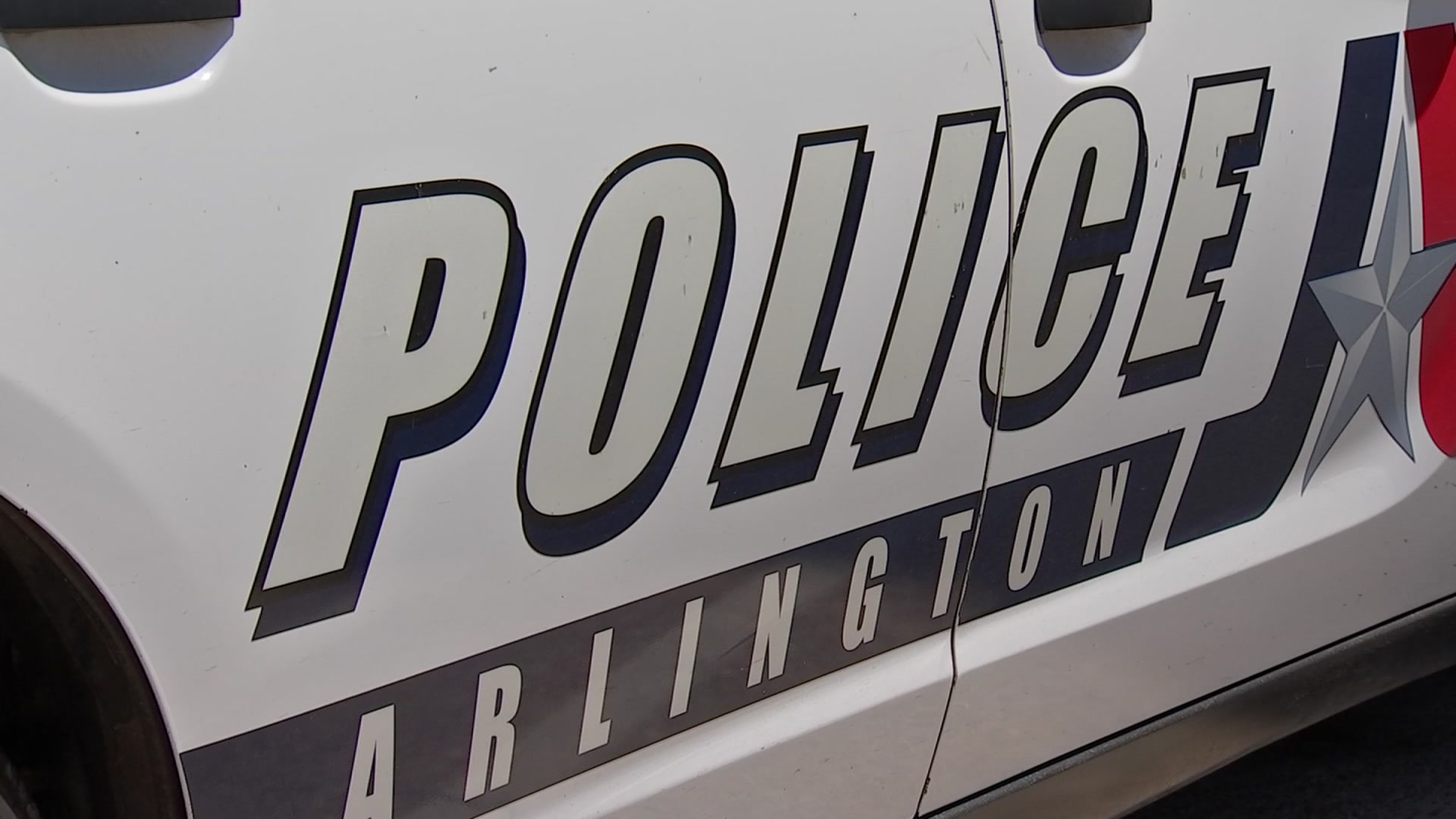The Mansfield, Texas, of 1956 was very different from the busy, diverse and rapidly growing city we know in 2014.
It was the country back then and, as in most other parts of the southern United States, everything was segregated: the neighborhoods, the cemeteries and the schools.
The Rev. Floyd Moody of the Mount Horum Missionary Baptist Church in Fort Worth remembers he and other black students had to catch a Trailways bus to get to an all-black school in Fort Worth.
"It would come through Mansfield, stopped at the little drugstore over there about 7 a.m.," Moody said. "Eight or 10 black kids, going to James E. Guinn or I.M. Terrell in Fort Worth."
At the time I.M. Terrell was Tarrant County's only all black high school.
But change was in the air. Moody, who was 16-years-old at the time and a high school junior, was part of the plan.
A court ordered the Mansfield ISD to desegregate and allow three black boys to enroll in Mansfield High School, which was all white. Moody was one of them.
Local
The latest news from around North Texas.
"The next thing I knew, we had a total uproar," Moody said.
Many white citizens resisted. Moody's father was a sharecropper and was told his family had to leave the farm.
Moody recalled the white farm owner saying, "if you send that boy to school down at that school, you're going to have to move."
And in August 1956, a crowd of hundreds of angry white people gathered in front of Mansfield High School with shotguns and dogs. The Mansfield desegregation incident made national headlines.
"The mobs kind of grew around the school, they watched the school. They would hang effigies [of black people] in the street," Moody said.
The effort to integrate failed then. Mansfield ISD remained segregated until 1965 and for a time it retained that image of a place hostile to diversity and change.
But no more. From 2000-2010, the number of black and Asian residents grew more than 500 percent with the Hispanic population rising more than 140 percent. It is one of the fastest-growing and ethnically diverse cities in the region.
The Mansfield ISD website states that among it's 32,000 students, 38 percent are white, 26 percent are black, 24 percent are Hispanic and six percent are Asian.
Moody looks at the long history with pride.
"Now I'm proud to say that I was raised in Mansfield ... everything's going real good," Moody said. "That's what I'm proud of — the fact that I was used to help get things to where they are today."



